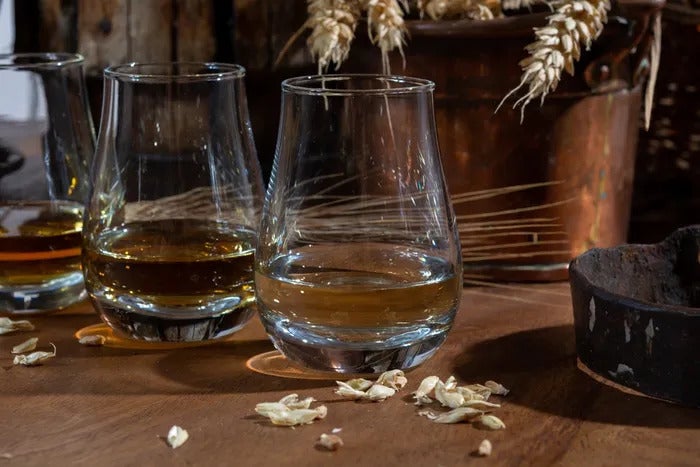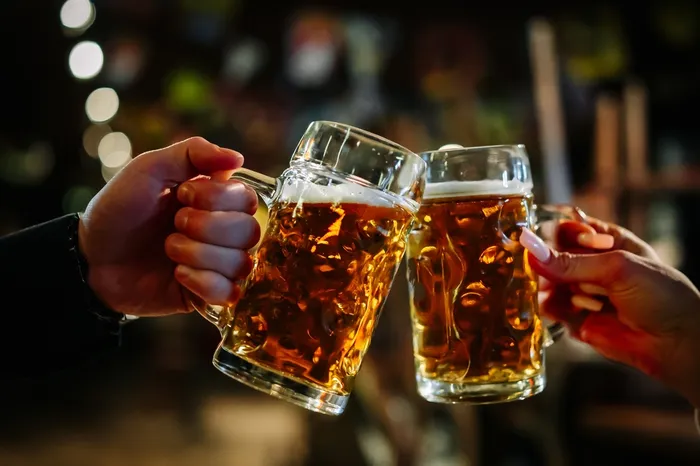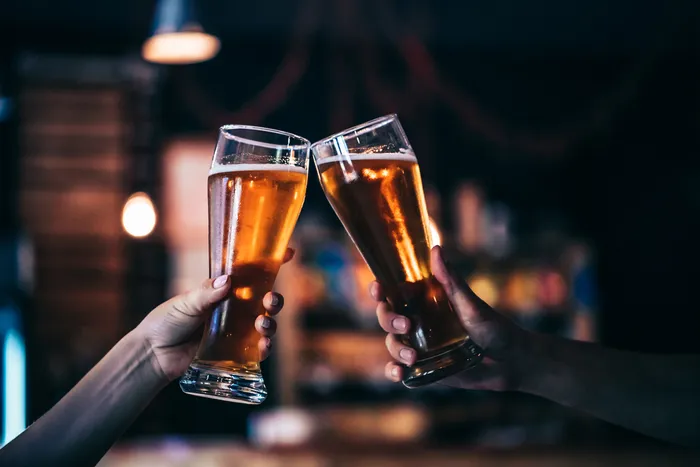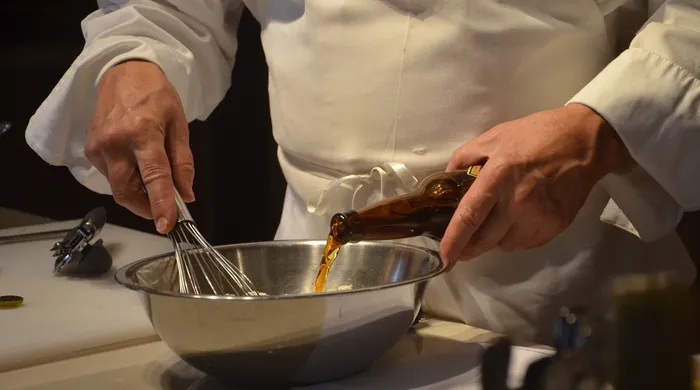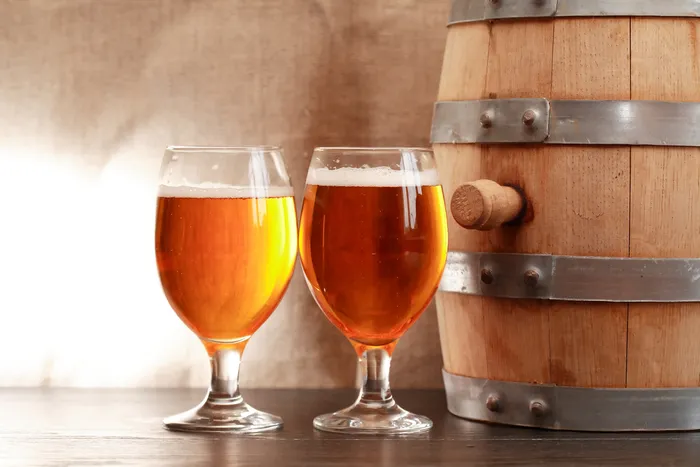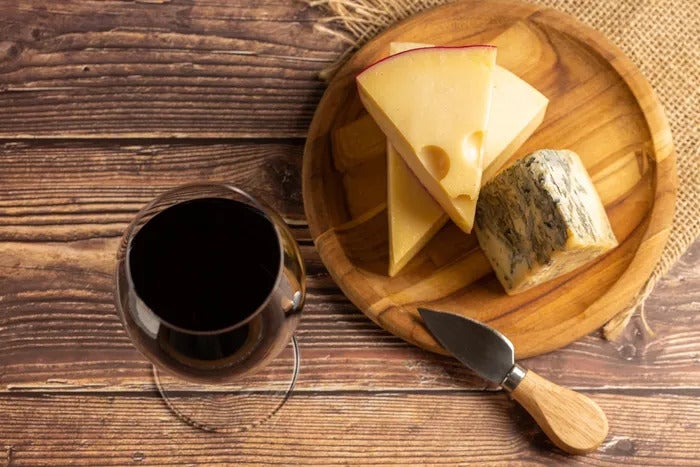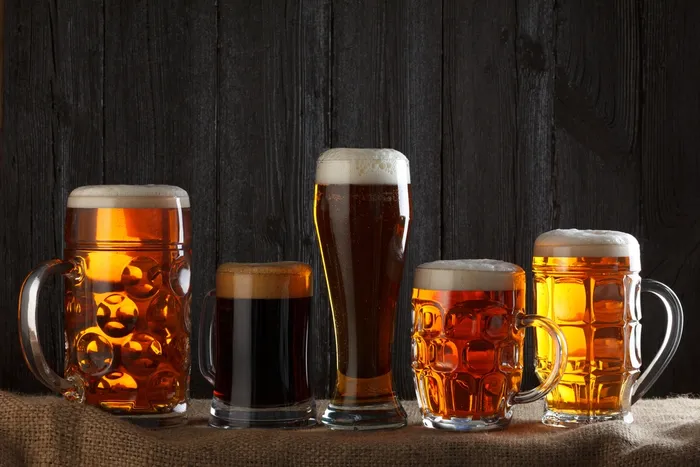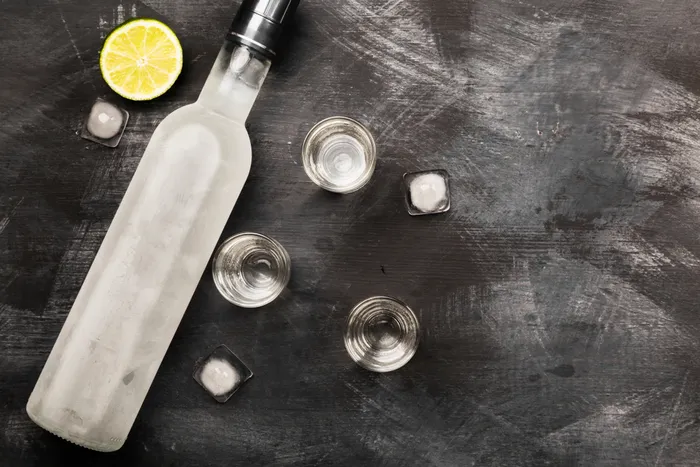There are no results that match your search.
Beer • 4 min • 18.11.2023
What Is Beer Made Of? A Deeper Dive into the Essential Ingredients
Explore the fundamental ingredients that make beer exceptional

Beer is the beverage that brings joy and camaraderie to our lives. But have you ever wondered what goes into brewing the perfect pint?
Let's delve into the fundamental ingredients that make beer a diverse and delightful drink.
Exploring 4 Main Beer Ingredients
To understand beer, knowing the four main building blocks is essential. By varying them, you get different styles of beer found worldwide.
1. Water: The Silent Foundation
Water is a solvent that extracts the flavour from other ingredients. The quality of the water used plays a crucial role in the taste and characteristics of the final product.
Low-mineral water produces crisp lagers like Pilsner, while alkaline water is suitable for brewing dark beers like porters.
2. Malt: The Sugar Source
Barley is often used as the primary grain in brewing. It goes through malting to convert starch into sugars essential for fermentation. The malted barley can then be kilned to various degrees, with pale ale malt being the most common for beer production.
While barley is the primary grain in beer, other grains like wheat, rye, and oats are used in different styles.
-
Wheat is used to make wheat beers (usually a 50:50 wheat to barely ratio), which gives it its cloudiness and a chewy mouthfeel.
-
Rye is used for a thick mouthfeel and spicy note.
-
Oats balance the strong flavour of hops and give the beer a thick mouthfeel and good head retention.

3. Hops: The Balancing Act
Hops add bitterness to counterbalance the malt's sweetness. They also contribute to the flavour and aroma of the beer. For example, modern craft beers like a West Coast IPA get fruity and tropical notes mostly from hops.
4. Yeast: The Heart of Fermentation
Yeast ferments the sugars in malt, turning them into alcohol and carbon dioxide. The type of yeast defines a beer's family and adds a unique flavour to the final product.
The maximum alcohol content in beer varies based on yeast and techniques. Ale yeast can handle up to 10% ABV, while champagne yeast can reach 15% ABV. Some turbo yeasts can even go up to 25% ABV.
The Art of Mixing Grains and Hops
Brewers carefully combine grains and hops to achieve different beer styles like:
-
For Pilsner-style lagers, the malt body consists primarily of extra pale malt. At the same time, noble hops from Germany or the Czech Republic are added for a light spiciness and zestiness with minimal bitterness.
-
The milk stout is primarily made using around 90% pale ale malt. Only a tiny amount of hops is used at the beginning of the boil to provide bitterness.
-
For hop-forward beers like an IPA, the malt bill consists of around 90% pale ale malt. The beermakers add a lot of hops at the beginning and end of the boil for bitterness and fragrance.
Cheers to the Endless Variety of Beer Styles and Flavors
The world of beer is diverse and fascinating, with four essential ingredients creating an endless array of styles and flavours.
Whether you want to enjoy a crisp Pilsner, a rich milk stout, or something even more exotic, check out Paneco's unique selection of fine beers and indulge in your beloved beverage.









